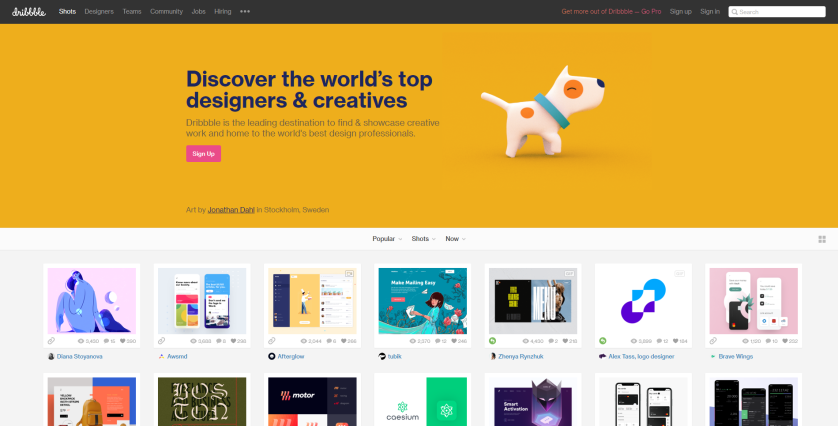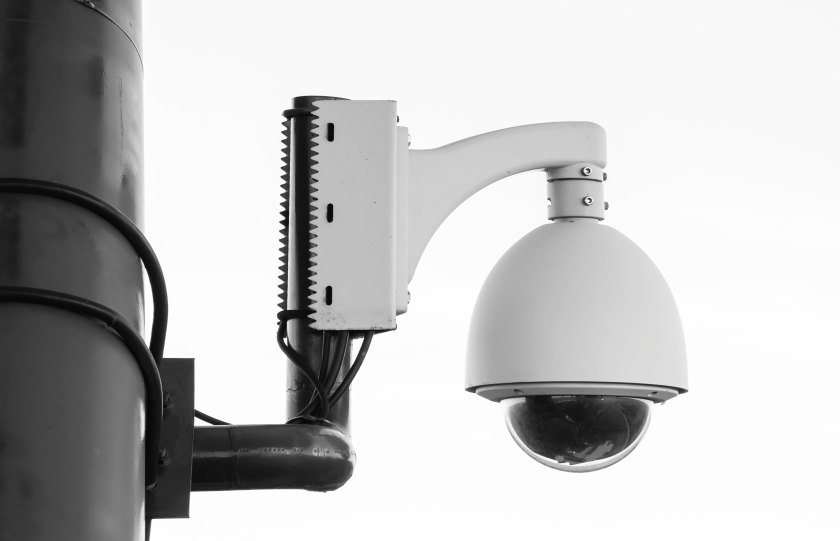Thank you to all of our amazing speakers and attendees for coming along last Saturday to our Blockchain Bootcamp.
In case you missed it, our videos for each speakers talk can be found here on our youtube channel!
And here are some awesome moments from our day!



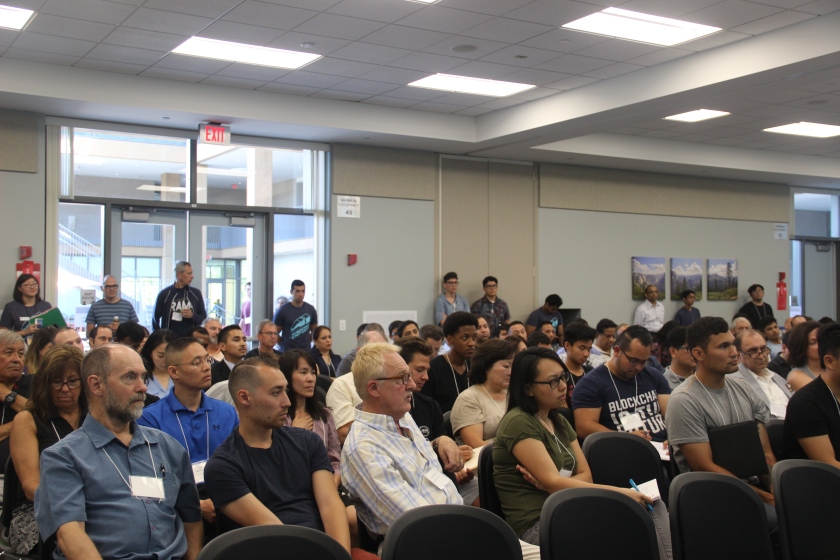




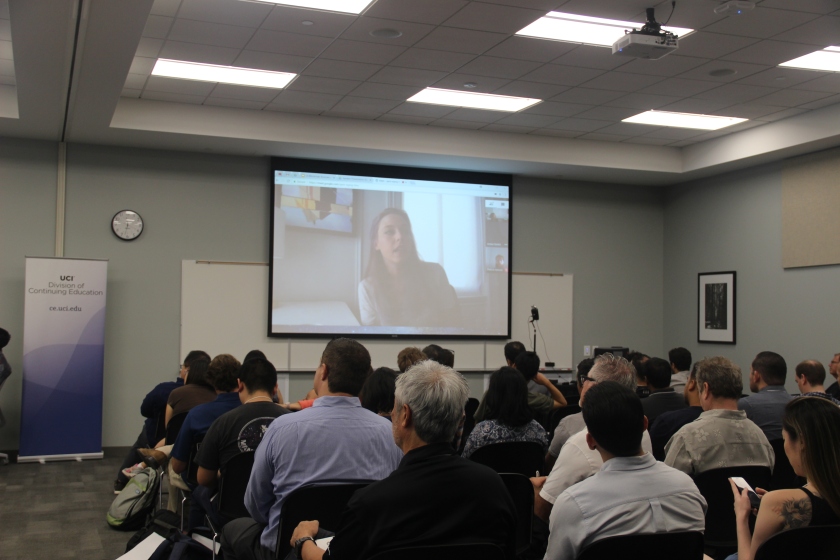
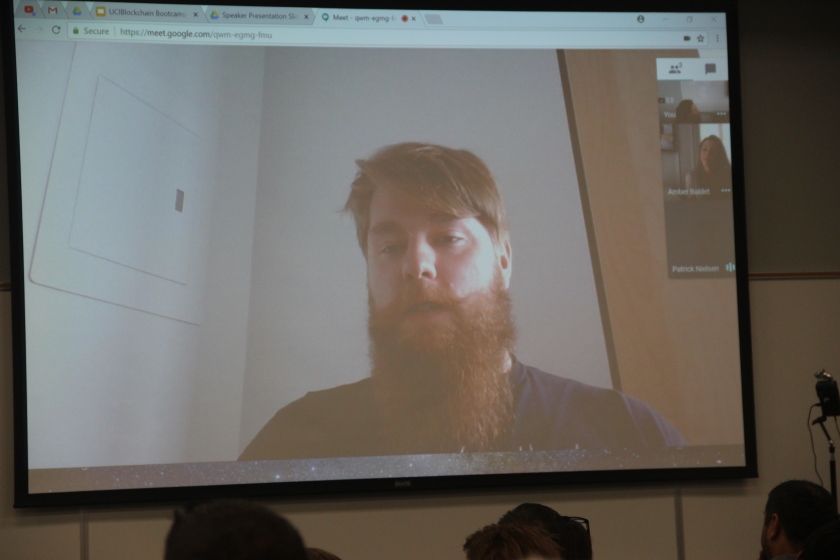
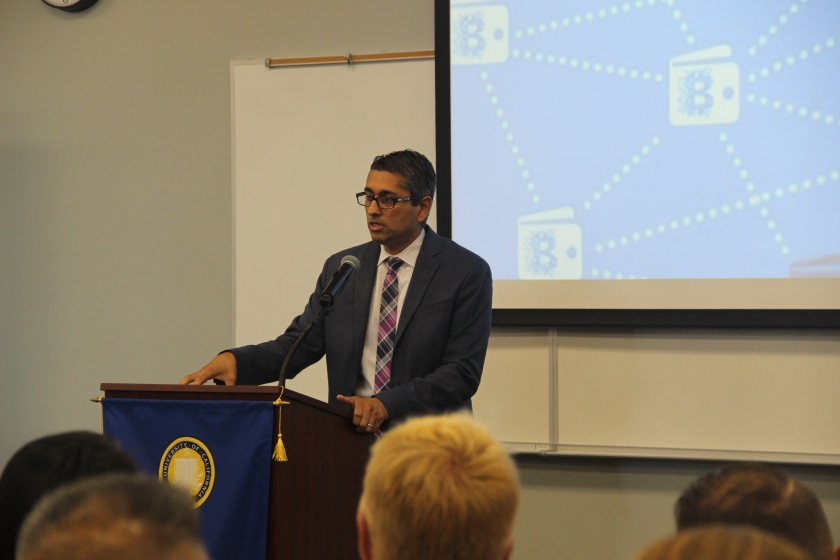
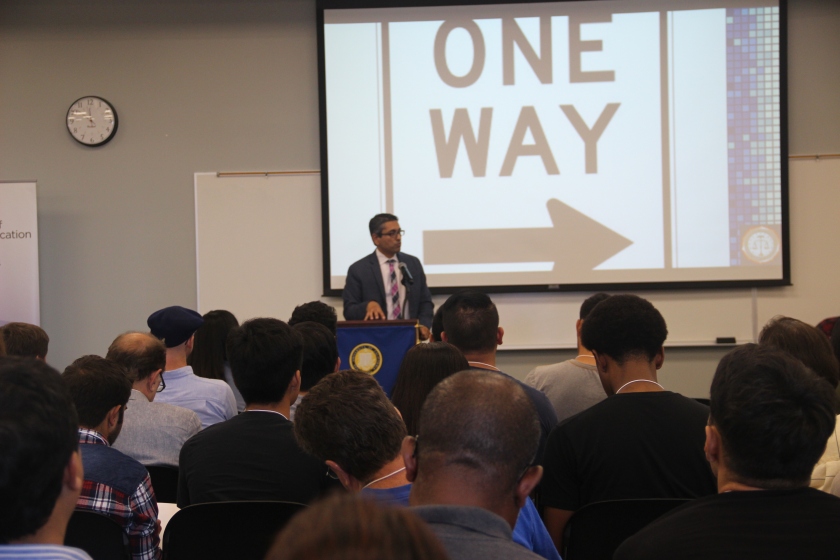
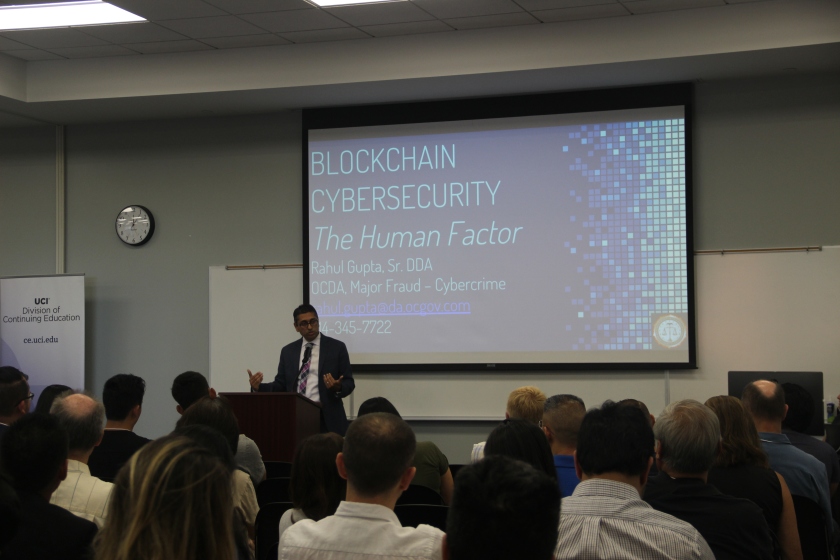
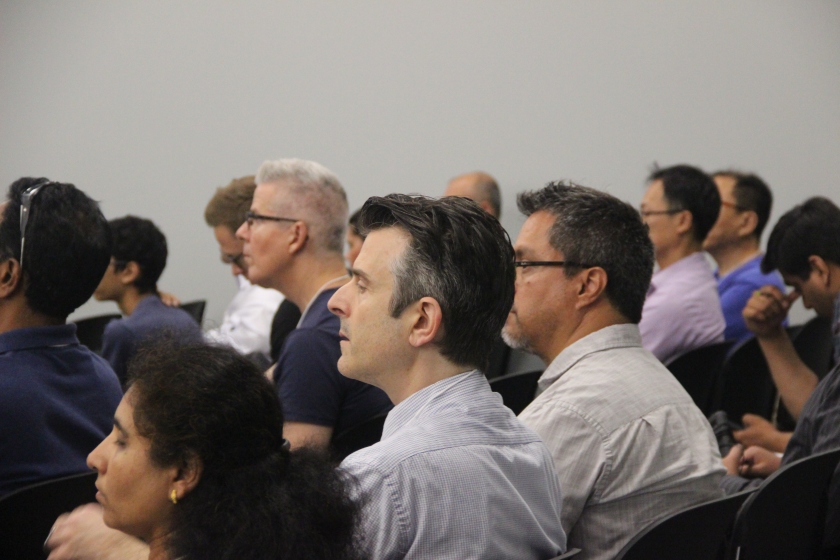


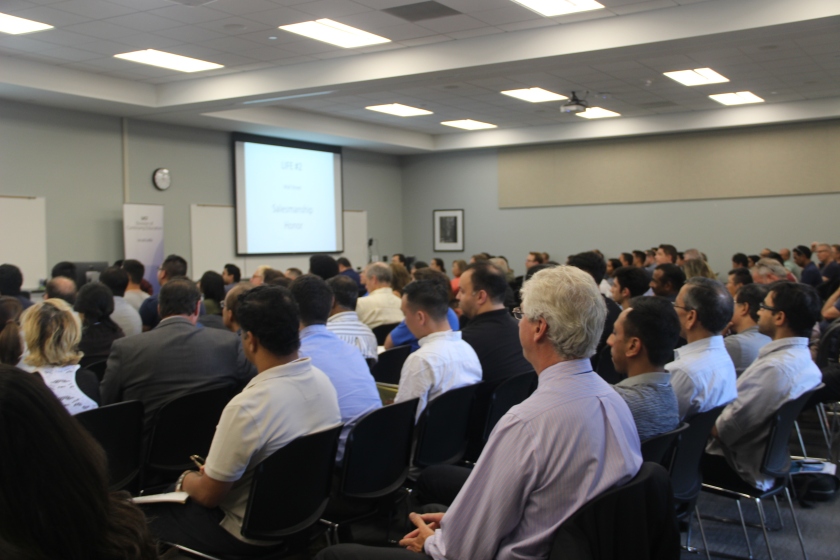

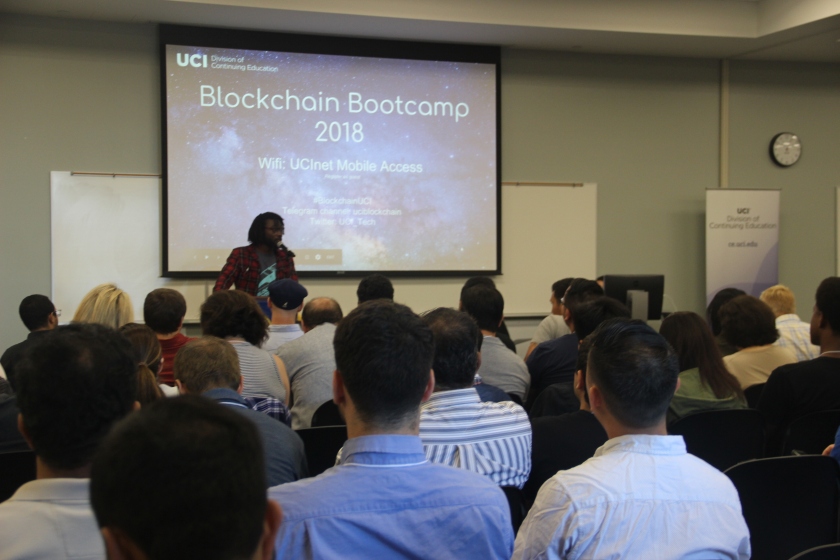
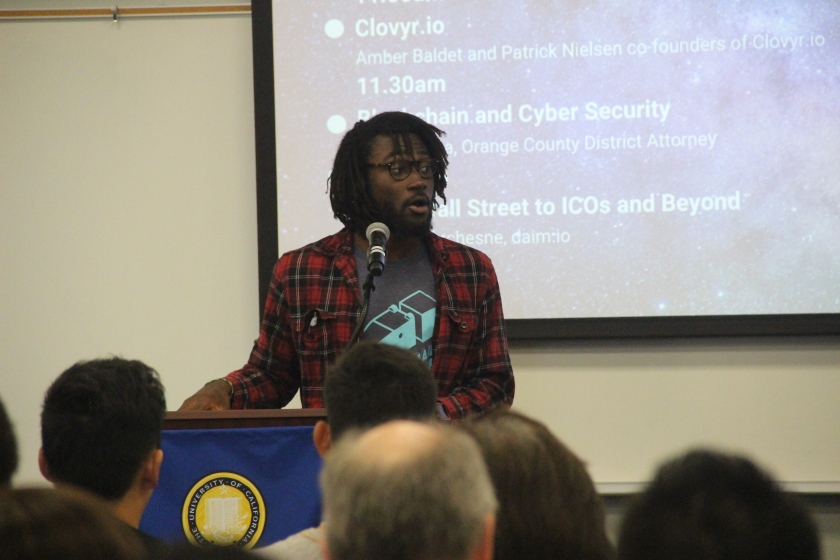


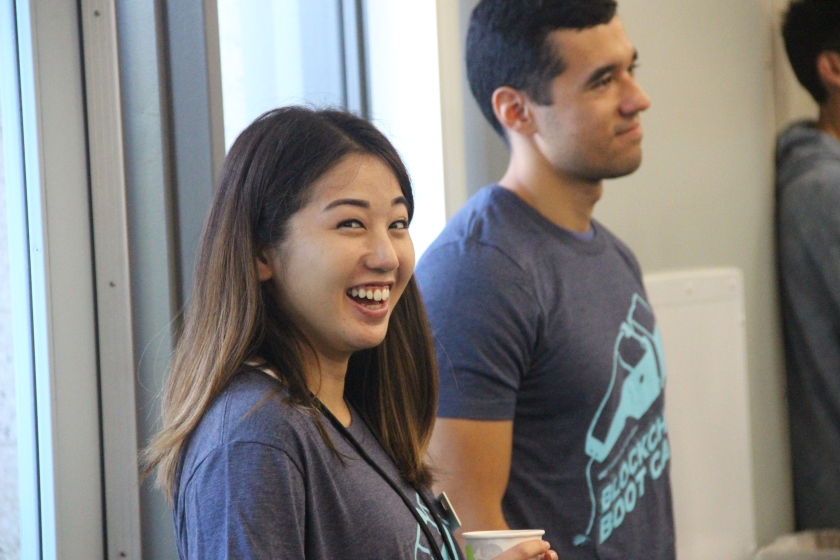

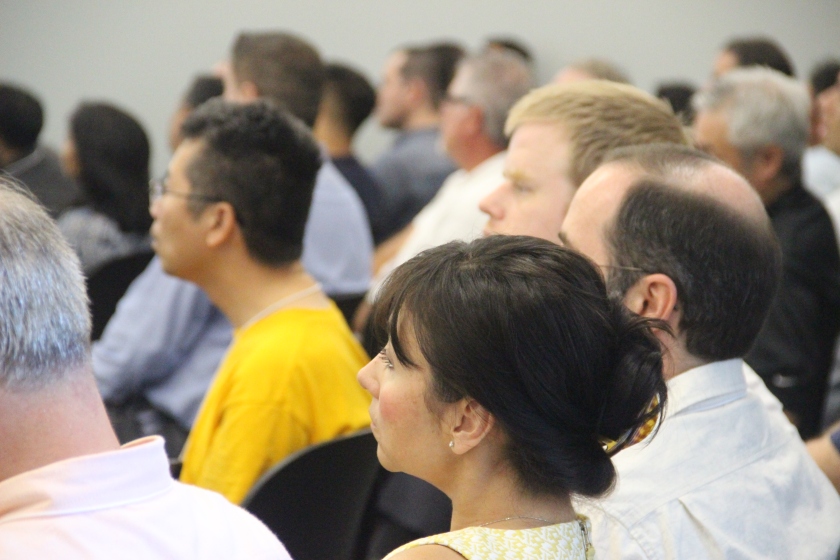




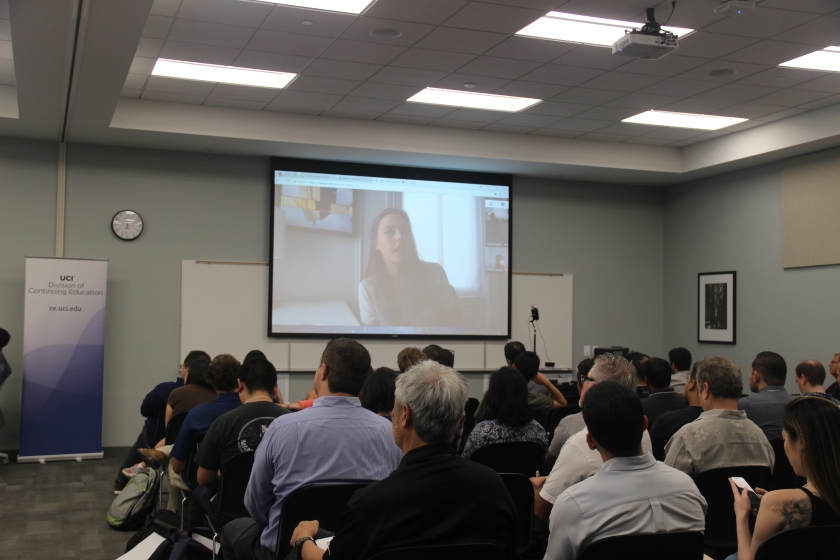




This was our event agenda so you can see the amazing speakers we had and the topics of their talks:
10.00am
Blockchain & the History of Money
Professor Bill Maurer, Dean, School of Social Sciences
Professor, Anthropology, Law, & Criminology, Law and Society
11.00am
Amber Baldet and Patrick Nielsen co-founders of Clovyr.io
11.30am
Blockchain and Cyber Security
Rahul Gupta, Orange County District Attorney
12.00pm
From Wall Street to ICOs and Beyond
Bryan Courchesne, daim.io
12.30pm
LUNCH in the courtyard
1.30pm
Decentralized Apps and Networks
Sonu & Surag, The Den
2.15pm
Cryptoeconomics
Sonu & Surag, The Den
3.00pm
A UCI Blockchain Consultancy
Ryan Eshaghi, UCI Blockchain Lab
4.00pm
The Future of Blockchain
David Luce, mobi
4.40pm
NETWORKING in the courtyard



